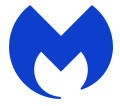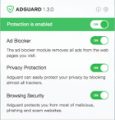What is ActiveToken
ActiveToken is supposed to be an application that will improve the browsing experience, but it is adware. Adware is type of malicious software that can cause problems for your Apple Mac. It can generate numerous additional popup, banner, pop-under and in-text link advertisements flooding on your browser; gather your personal data such as login details, online searches, etc; run in the background and drag down your Apple Mac running speed; give more chances for other adware, PUPs even malware to get on your MAC.
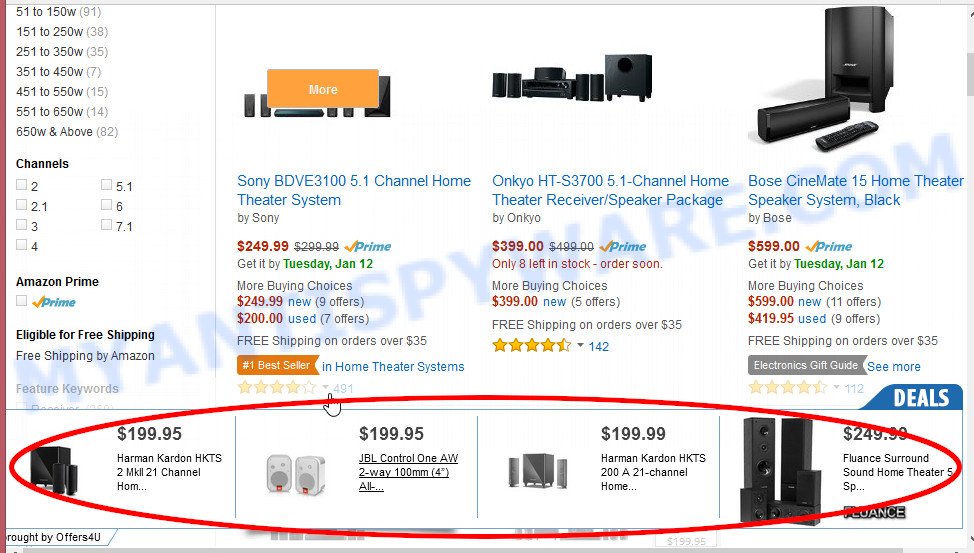
Unwanted ads
Does adware software steal your privacy data? Adware can gather confidential information, including:
- IP addresses;
- URLs visited;
- search queries/terms;
- clicks on links and ads;
- internet browser version information.
To find out how to remove ActiveToken, we advise to read the few simple steps added to this post below. The guidance was prepared by experienced security experts who discovered a method to delete the adware out of the Mac.
How does ActiveToken get on your computer
Adware most likely to occur during the setup of free software due the fact that potentially unwanted software like this are mostly hidden in the installer. Thus, if you’ve installed some free software using Quick(Standard) mode, you may have let adware get inside your computer. Keep in mind that the Quick mode is unreliable because it do not warn about optional applications. Thus, optional applications will be installed automatically unless you select Advanced/Custom method and disable its installation.
Threat Summary
| Name | ActiveToken, ActiveToken 1.0 app |
| Type | adware software, potentially unwanted application (PUA), popup virus, pop ups, popup ads |
| Symptoms |
|
| Removal | ActiveToken removal guide |
How to Remove ActiveToken adware software (removal steps)
According to cyber threat analysts, ActiveToken removal can be done manually and/or automatically. These utilities which are listed below will help you get rid of adware, harmful web browser addons, malware and potentially unwanted apps . However, if you are not willing to install other applications to delete adware software, then use tutorial listed below to return your Apple Mac settings to defaults.
To remove ActiveToken, execute the steps below:
- Remove profiles created by ActiveToken
- Check the list of installed software
- Remove ActiveToken related files and folders
- Scan your Mac with MalwareBytes
- Remove ActiveToken from Safari, Chrome, Firefox
- How to stay safe online
- To sum up
Remove profiles created by ActiveToken
ActiveToken can install a configuration profile on the Mac system to block changes made to the browser settings. Therefore, you need to open system preferences, find and delete the profile installed by the adware.
Click Apple menu ( ![]() ) > System Preferences.
) > System Preferences.
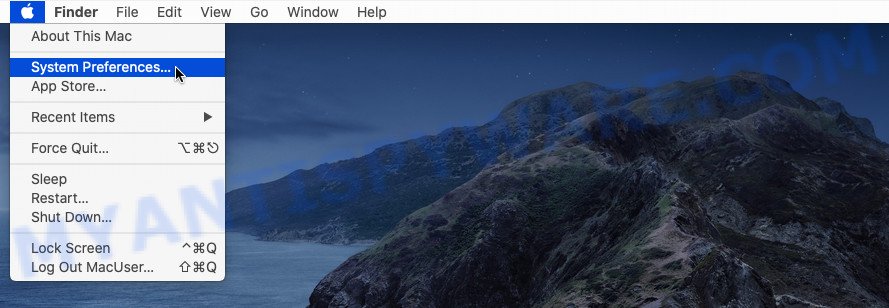
In System Preferences, select Profiles. if there is no Profiles in the list of preferences, that means there are no profiles installed on the Mac. If there is Profiles in the list, then click on it, then select a profile associated with ActiveToken.
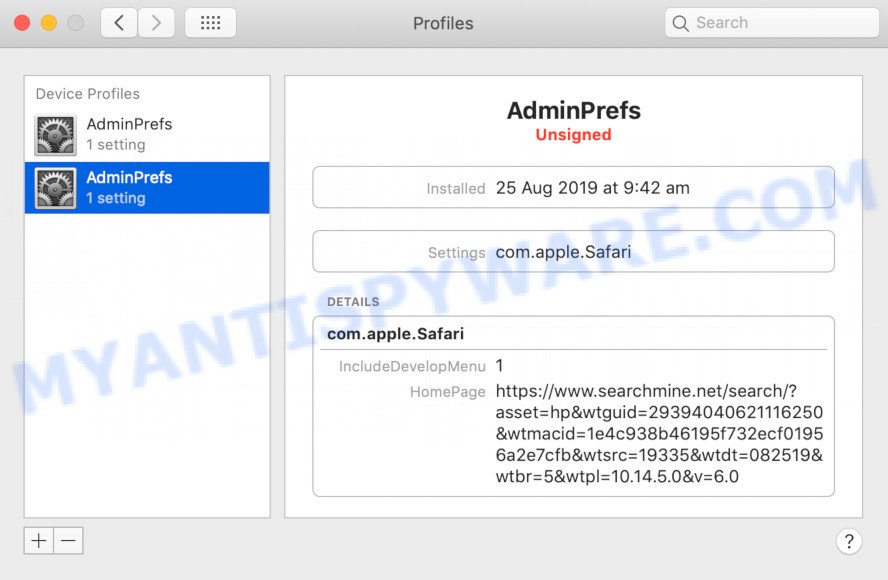
To delete a malicious profile, click on the minus button ( – ) located at the bottom-left of the Profiles screen.
Check the list of installed software
It’s of primary importance to identify and remove PUPs, adware and browser hijackers through ‘Applications’ section of your Finder.
Open Finder and click “Applications”.
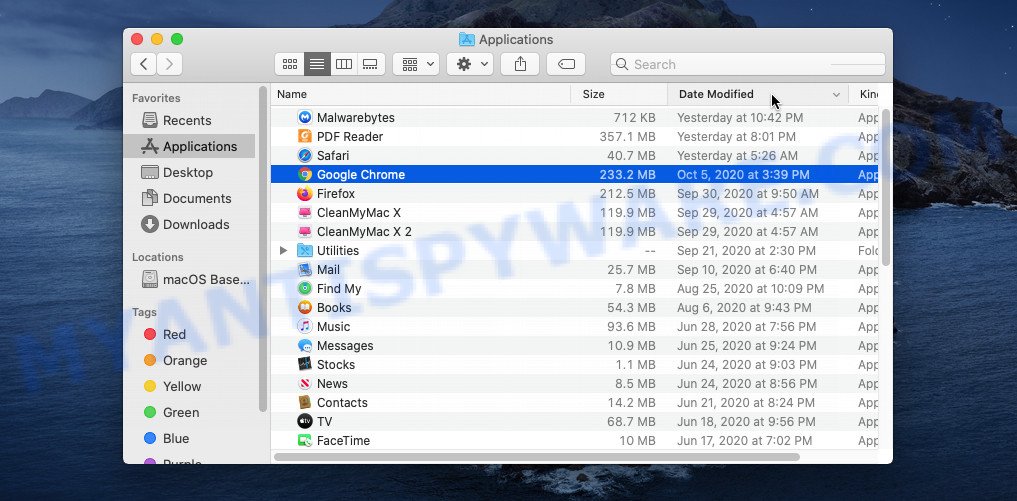
Carefully browse through the list of installed programs and remove all dubious and unknown apps.
After you have found anything suspicious that may be the ActiveToken or other potentially unwanted program, then right click this program and select “Move to Trash”. Once complete, Empty Trash.
Remove ActiveToken related files and folders
Now you need to try to find ActiveToken related files and folders, and then delete them manually. You need to look for these files in certain directories. To quickly open them, we recommend using the “Go to Folder…” command.
Click on the Finder icon. From the menu bar, select Go and click “Go to Folder…”. As a result, a small window opens that allows you to quickly open a specific directory.

Check for ActiveToken generated files in the /Library/LaunchAgents folder

In the “Go to Folder…” window, type the following text and press Go:
/Library/LaunchAgents
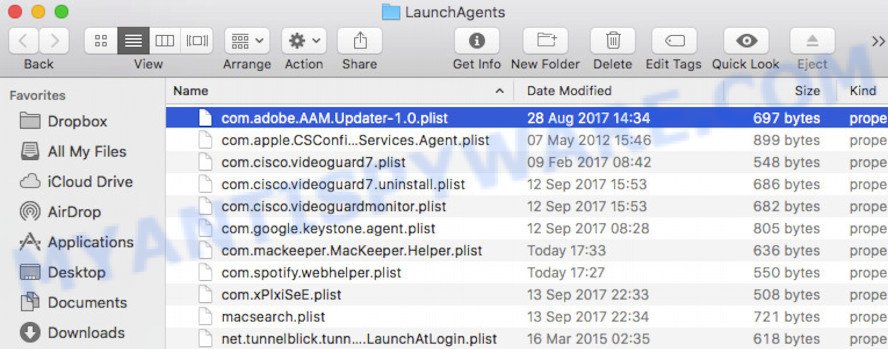
This will open the contents of the “/Library/LaunchAgents” folder. Look carefully at it and pay special attention to recently created files, as well as files that have a suspicious name. Move all suspicious files to the Trash. A few examples of files: macsearch.plist, com.machelper.plist, ActiveToken.plist, installapp.plist and search.plist. Most often, adware, browser hijackers and potentially unwanted programs create several files with similar names.
Check for ActiveToken generated files in the /Library/Application Support folder

In the “Go to Folder…” window, type the following text and press Go:
/Library/Application Support
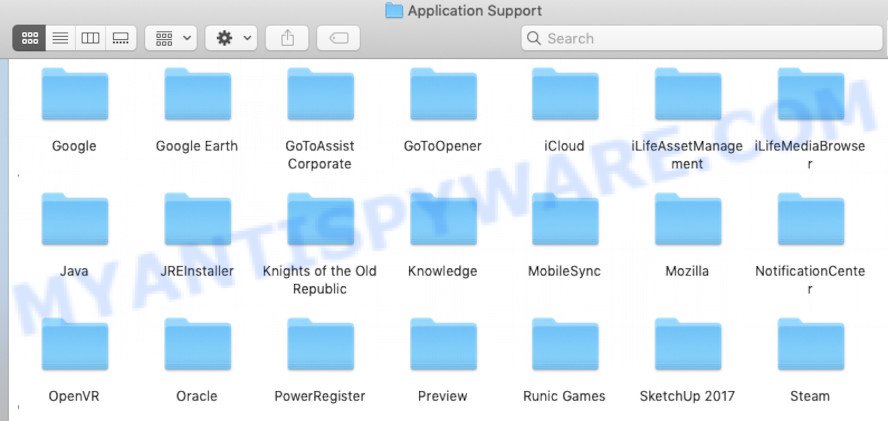
This will open the contents of the “Application Support” folder. Look carefully at its contents, pay special attention to recently added/changed folder. Move all suspicious folders to the Trash.
Check for ActiveToken generated files in the “~/Library/LaunchAgents” folder

In the “Go to Folder…” window, type the following text and press Go:
~/Library/LaunchAgents

Proceed in the same way as with the “/Library/LaunchAgents” and “/Library/Application Support” folders. Look for suspicious and recently added files. Move all suspicious files to the Trash.
Check for ActiveToken generated files in the /Library/LaunchDaemons folder
In the “Go to Folder…” window, type the following text and press Go:
/Library/LaunchDaemons

Carefully browse the entire list of files and pay special attention to recently created files, as well as files that have a suspicious name. Move all suspicious files to the Trash. A few examples of files to be deleted: com.macsearch.plist, com.ActiveToken.plist, com.installapp.plist, com.search.plist and com.machelper.plist. In most cases, PUPs, browser hijackers and adware create several files with similar names.
Scan your Mac with MalwareBytes
If you carefully followed the previous steps, then you should be able to get rid of ActiveToken. Of course, very often PUPs, browser hijackers and adware software hides on a Mac, disguising itself as legitimate apps and files. Therefore, in some cases, it is difficult for an inexperienced user to decide whether a particular file is part of browser hijackers, potentially unwanted programs and adware. Therefore, we recommend you to use MalwareBytes Free to scan the Mac computer.
Installing the MalwareBytes is simple. First you’ll need to download MalwareBytes by clicking on the following link. Save it on your Desktop.
21024 downloads
Author: Malwarebytes
Category: Security tools
Update: September 10, 2020
After the download is complete, close all windows on your machine. Further, start the saved file. Follow the prompts.
The MalwareBytes will automatically start and you may see its main window as displayed on the screen below.
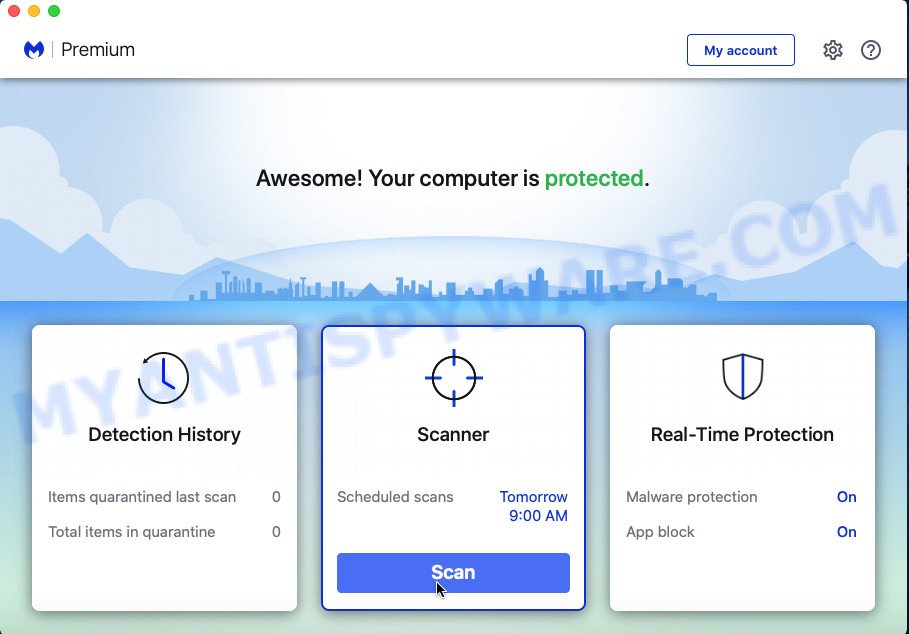
Next, click the “Scan Now” button . MalwareBytes Free tool will start scanning the whole computer to find out ActiveToken adware software. A scan may take anywhere from 10 to 30 minutes, depending on the number of files on your MAC and the speed of your MAC OS. While the MalwareBytes Anti Malware is checking, you may see how many objects it has identified either as being malicious software.

Once the scan get completed, the results are displayed in the scan report. Make sure all threats have ‘checkmark’ and click the “Quarantine” button.
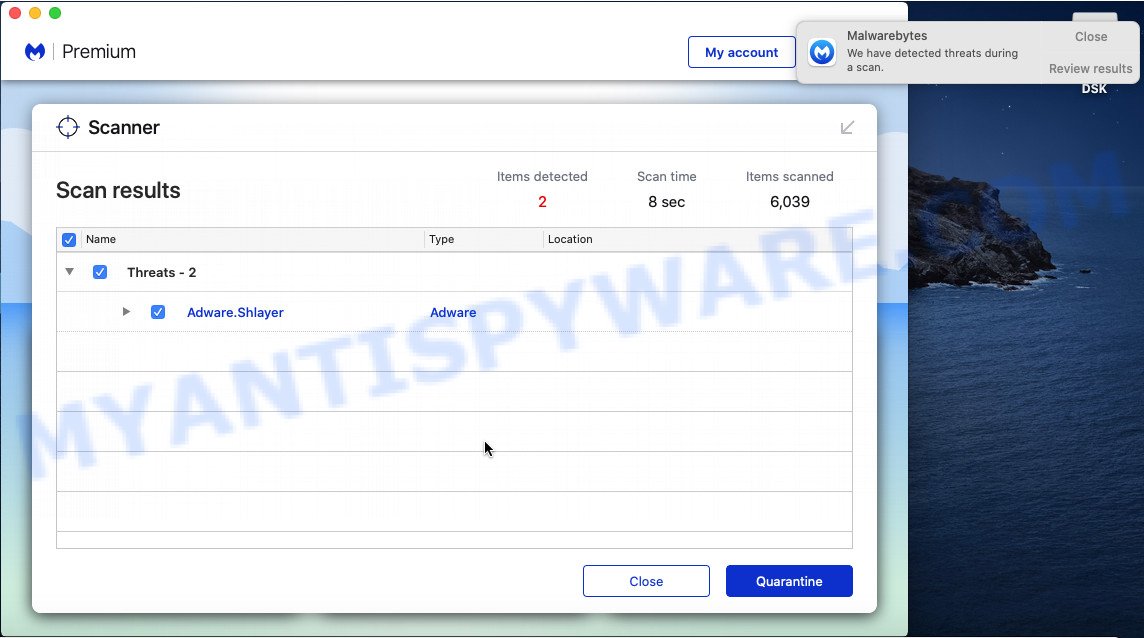
The MalwareBytes Free will get rid of ActiveToken adware software.
Remove ActiveToken from Safari, Chrome, Firefox
If you have ‘ActiveToken adware software’ removal problem, then remove unwanted extensions can help you. In the steps below we will show you the solution to remove malicious extensions without reinstall. This will also help to remove ActiveToken adware from your browser.
You can also try to delete ActiveToken by reset Google Chrome settings. |
If you are still experiencing problems with ActiveToken adware removal, you need to reset Firefox browser. |
|
How to stay safe online
Use ad-blocker program like AdGuard in order to stop ads, malvertisements, pop-ups and online trackers, avoid having to install harmful and adware browser plug-ins and add-ons which affect your MAC performance and impact your computer security. Surf the Web anonymously and stay safe online!
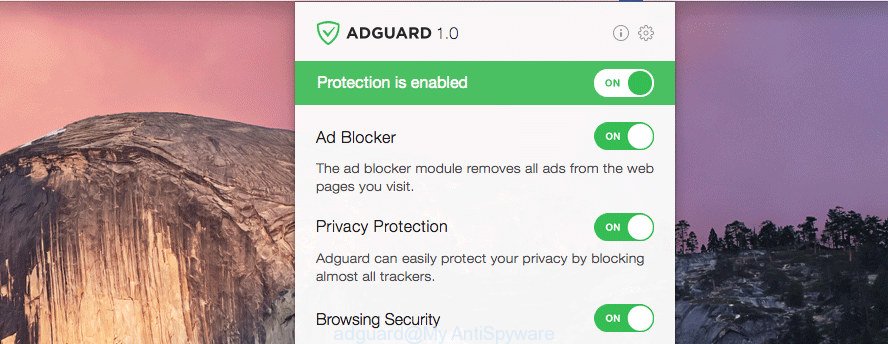
Download AdGuard on your machine from the link below.
3782 downloads
Author: © Adguard
Category: Security tools
Update: January 17, 2018
After the downloading process is finished, run the downloaded file. The “Setup Wizard” window will show up on the computer screen.
Follow the prompts. AdGuard will then be installed. A window will show up asking you to confirm that you want to see a quick guide. Click “Skip” button to close the window and use the default settings, or click “Get Started” to see an quick guide that will allow you get to know AdGuard better.
Each time, when you run your MAC system, AdGuard will run automatically and stop intrusive popup ads, block harmful and misleading web-sites.
To sum up
Now your MAC should be clean of the ActiveToken adware. We suggest that you keep AdGuard (to help you block unwanted pop-ups and unwanted harmful webpages) and MalwareBytes Free (to periodically scan your Apple Mac for new malware, hijackers and adware). Make sure that you have all the Critical Updates recommended for Mac OS. Without regular updates you WILL NOT be protected when new browser hijackers, malicious apps and adware software are released.
If you are still having problems while trying to remove ActiveToken from your web browser, then ask for help here.
